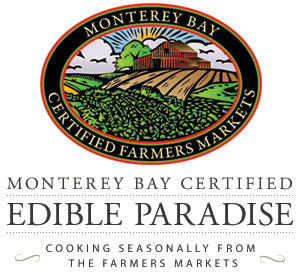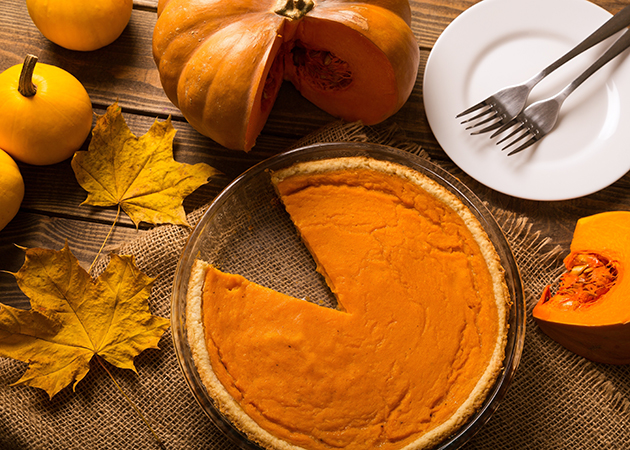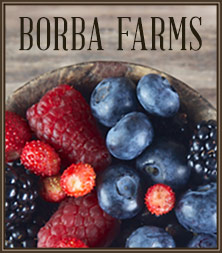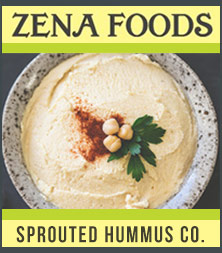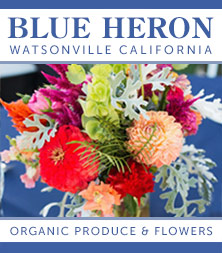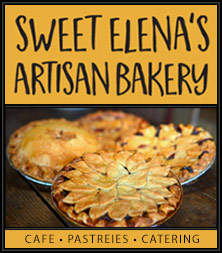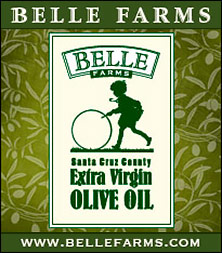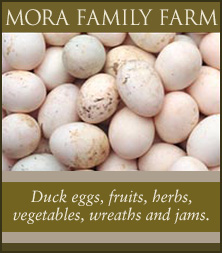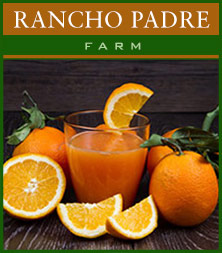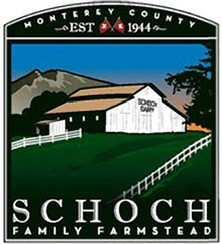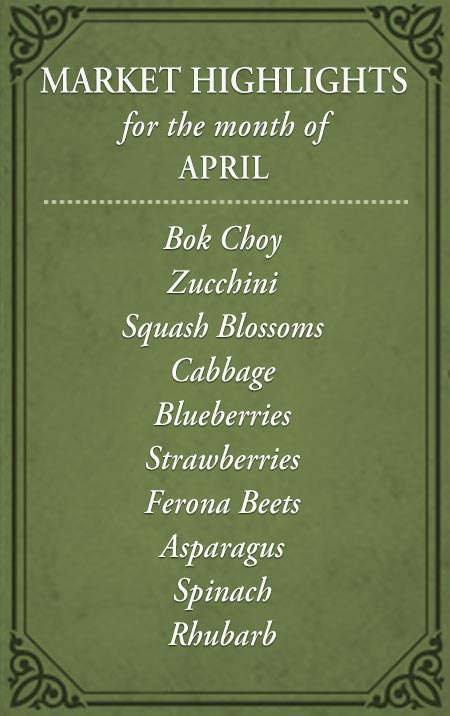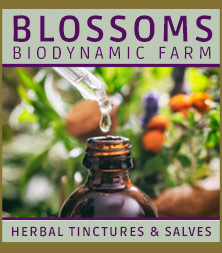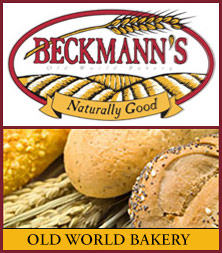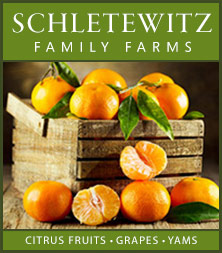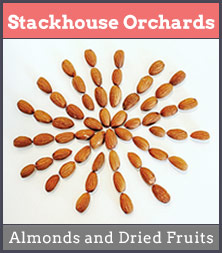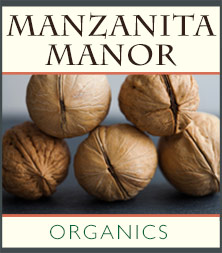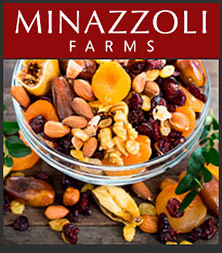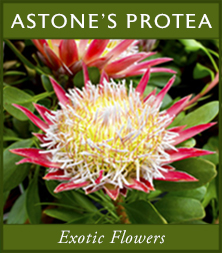Instead of reaching for a can of commercially canned pumpkin, consider making your own delectable fresh pie filling with locally grown squash from the farmers’ market.
But wait — which pumpkins are used for pies?
Pumpkins are squash — but not all squash are pumpkins — nor are all pumpkins created equally! To understand this curious cucurbit, you need to know a little about the squash and gourd family. Pumpkins and squash belong to the Cucurbitaceae family. Pumpkins fall into the Cucurbita pepo, C. maxima, and C. moschata species. The bright orange-skinned variety of pumpkin we think of at Halloween is the C. pepo species and is recognized as the true pumpkin. This group also includes gourds and many summer squash.
The C. maxima species includes squashes with pumpkin-like fruit but the skins are usually more yellow than orange, do not have ridges, and are generally referred to as ‘pumpkin-squash’ or ‘squash-type pumpkins.’ Other squashes in the C. maxima group include fall-winter squash varieties like Hubbard squash, kabocha squash, banana squash, buttercup, and turban squash.
The C. moschata species include cultivars of squash and pumpkin that produce long and oblong fruits, with tan or buff color skins rather than orange skins. It’s the members of this group that are used for canned pumpkin pie production — not the orange pumpkins most associated with pumpkin pie! The texture is more cheese-like and actually resembles a wheel of cheese in color and shape. Non-pumpkin members include the winter crookneck squash and butternut squash.
Squash Pie — Hmmm
You have to admit, ‘pumpkin pie’ has a better ring to it than ‘squash pie.’ But, you may find (like Libby’s did!) that squash, with its sweeter, fleshier, and creamier texture makes a better pie filling than most pumpkins. However, pie pumpkins have been developed specifically for eating. Here’s a list of some of the best pumpkins and squash to use for pie filling.
Sugar Baby Pumpkin
You’ll find lots of sugar babies available at the farmers’ market. Also known as Sugar Pie pumpkins, these thin-skinned squash are smaller (4-8 lbs.) and have a sweet, dense flesh with a fine-grained, smooth texture. The cooked flesh is a bit drier, which makes a great pie filling.
Rouge Vif D’Etampes (Cinderella Pumpkin)
This bright, orangey-red French heirloom variety harkens back to the Pilgrim days and is thought to be the pumpkin that was cultivated and served on the second Thanksgiving. You’ll recognize this variety when you see it —it resembles the squat pumpkin that Cinderella’s godmother magically transformed into a carriage. The flesh has a smooth, silky texture similar to canned pumpkin. According to Donna Iles of Donna Dirt Farms, “Chefs have told me it is their favorite for roasted pumpkin soups or stews. I love it for baking bread and muffins, and to sauté with other veggies. Tender and beautiful, Cinderella pumpkins usually store for a long time.”
Winter Luxury Pumpkins
According to Sarah Machado, owner of Upstarts Organic Seedlings, Winter Luxury pumpkins are one of her favorite pie pumpkins. “My husband rates Winter Luxury a 5 out of 5 for best taste and texture. It’s one of the best-tasting pie pumpkins you can grow — it has a delightful taste and a smooth, velvety texture. It’s a small pumpkin (about 6 lbs.) and has a distinctive white netting on its skin. It’s the favorite pie pumpkin of many people who grow it.”
Pink Banana Squash
Pink Banana squash is the one you see at grocery stores that is usually cut into chunks and wrapped in plastic. Part of the reason it’s marketed this way, it practically requires power tools to cut it! However, it’s worth the effort — it has a finer-grained, sweeter flesh than pumpkin and makes a superb pie.
Dickinson Squash
So what is in those cans of Libby’s pumpkin filling? Libby’s uses a variety of squash that was developed specifically for them called Dickinson. It more closely resembles a butternut squash than the orange pumpkins we imagine. Elongated and weighing up to 40 lbs., it has tan skin and slightly furrowed ridges. It has a drier flesh, which is ideal for canning and pies.
Homemade Vs. Canned Pumpkin — Which Makes a Better Pie?
While many prefer the DIY approach to avoid processed foods, there are some advantages to using the old, familiar, canned standby for your holiday pumpkin pie.
One important advantage is consistency — the canned product has a more predictable texture, taste, and moisture content. This is important when you’re baking a pie filling! Unless you understand which varieties of squash and pumpkin need to be drained to remove excess moisture after puréeing, or how to adjust the sweetness in your recipe to the variety of squash you are using, it can be a daunting task to reformulate a standard canned pumpkin pie recipe. Who wants to risk serving a pie that’s a soupy mess on Thanksgiving? Most recipes for pumpkin bread, muffins, and other dishes are based on the moisture content of canned pumpkin — so bear this in mind when you make your own pumpkin purée.
Using canned pumpkin eliminates any guesswork when baking, but it’s worth exploring the lovely flavors and textures of other squashes. Keep a cooking diary and make notes about your favorite squashes. Experiment with making various squash purées and test your pie recipes when time isn’t a major factor.
RECIPES: How to Cut and Peel Winter Squash, How to Make Fresh Pumpkin Purée, Sarah’s Pumpkin Pie
